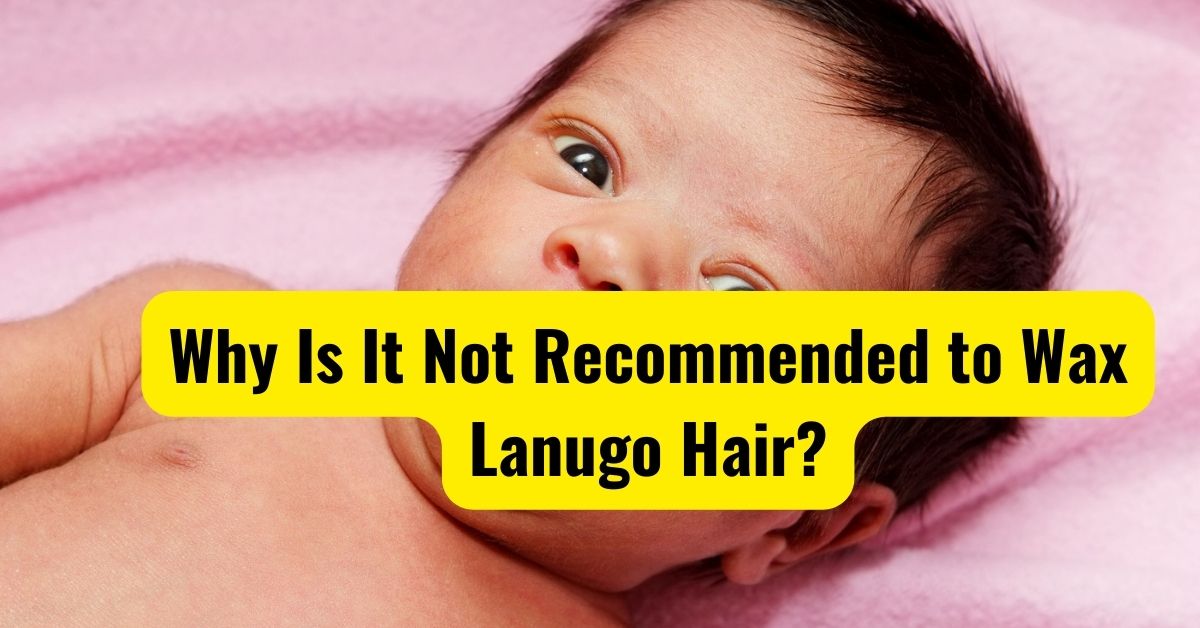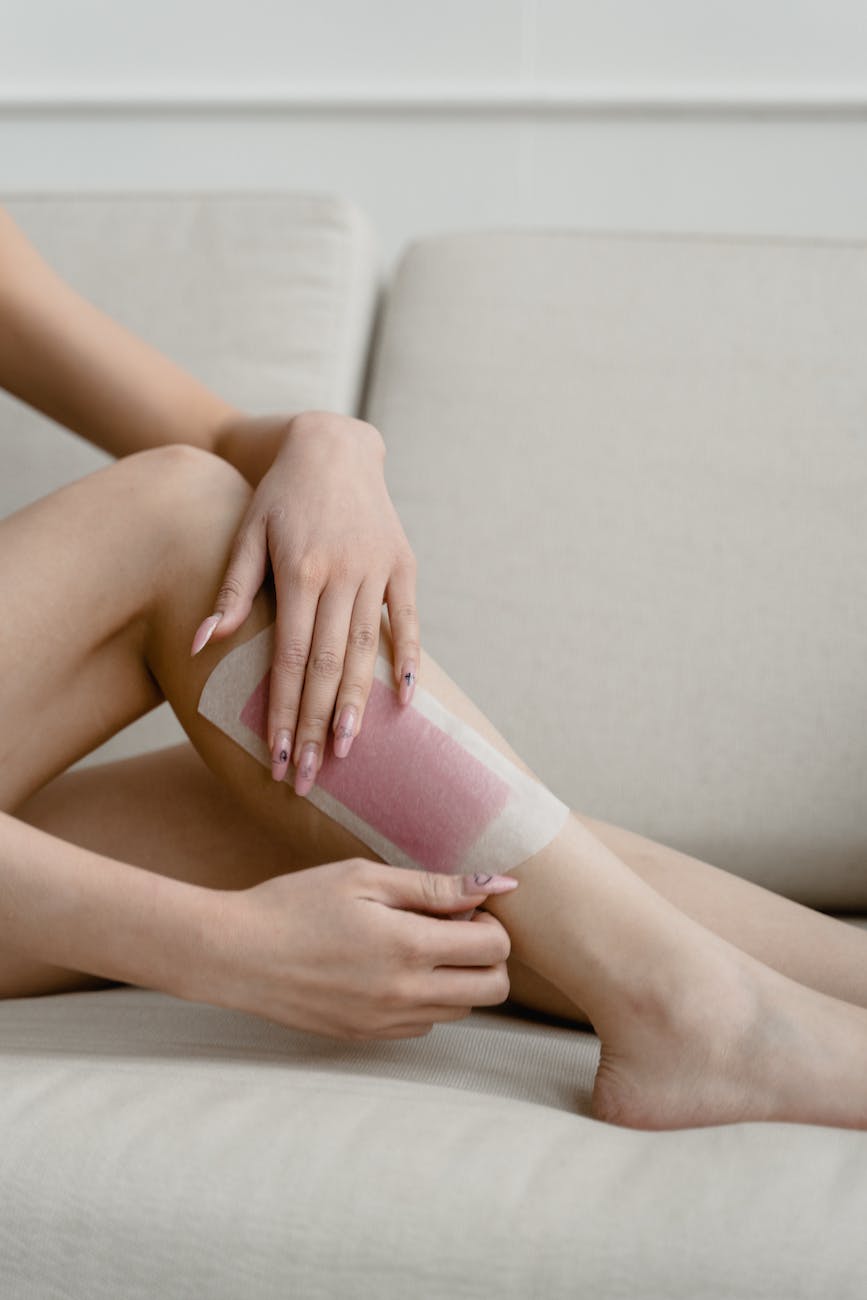Why Is It Not Recommended to Wax Lanugo Hair?

Hair removal is a common practice across the world, with waxing being one of the most popular methods.
However, when it comes to lanugo hair, the game changes. The question that often arises is why is it not recommended to wax lanugo hair?
To answer this, we first need to understand what lanugo hair is and how long it lasts. So, let’s explore this often-overlooked type of hair and demystify the reasons behind the no-wax recommendation.
What is Lanugo Hair and How Long Does It Last?

Lanugo hair is the soft, fine, downy hair that covers the body of a fetus while it is still in the womb.
It typically starts growing around the fifth month of gestation and plays a crucial role in regulating the baby’s body temperature. Additionally, lanugo hair helps hold the vernix caseosa, a waxy substance that protects the baby’s skin from the amniotic fluid.
After birth, most infants lose their lanugo hair within a few weeks or months, replaced by vellus hair (regular, fine body hair) or terminal hair (the thicker, more visible hair).
However, in some rare instances, lanugo hair may persist into adulthood. This is often associated with specific health conditions like eating disorders or anorexia nervosa.
Why Is It Not Recommended to Wax Lanugo Hair?
Now to the crux of the matter: why should lanugo hair not be waxed? Firstly, lanugo hair is extremely delicate.
Waxing, which is known for its robust, pull-from-the-root action, can be overly harsh and potentially damaging to the fragile structure of lanugo hair.
Secondly, waxing can lead to unnecessary skin irritation, especially given that lanugo hair is commonly seen in newborns and infants, whose skin is especially sensitive.
The aggressive hair removal procedure could lead to rashes, redness, or discomfort.
Lastly, it’s essential to remember that lanugo hair is usually temporary. For babies, it’s a normal part of their development and will naturally shed over time.
For adults, if lanugo hair appears due to an underlying health condition, the focus should be on addressing the health issue rather than the hair itself.
Conclusion
In conclusion, lanugo hair, with its delicate and temporary nature, should be treated with utmost care. Instead of resorting to potentially damaging hair removal techniques like waxing, allow it to follow its natural course.
If lanugo hair appears in adulthood, it may signify an underlying health condition requiring medical attention.
Therefore, understanding our bodies and respecting their natural processes is crucial. After all, our bodies, with their unique characteristics, deserve to be treated with respect and care.


